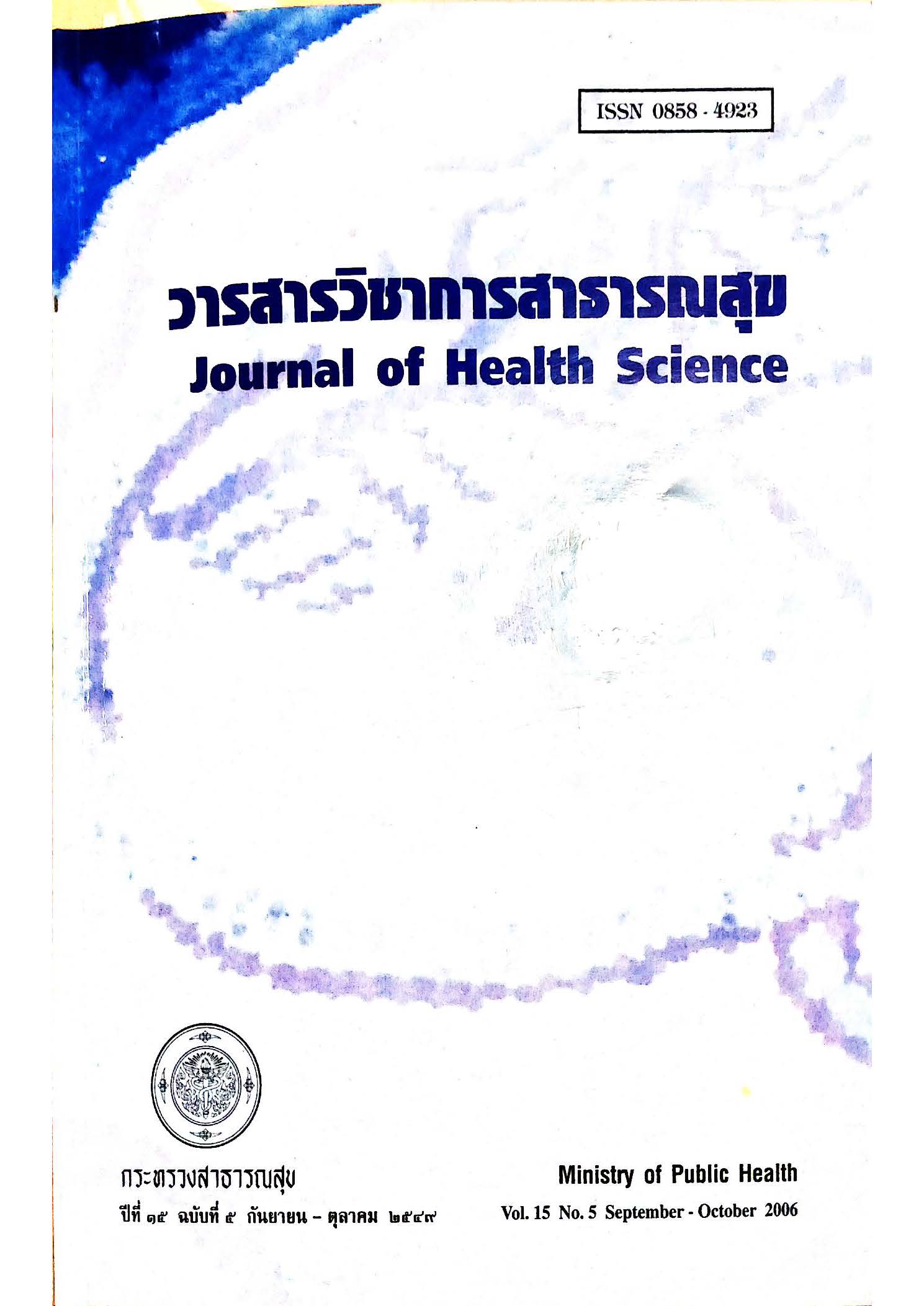Comparison of Results of Radialcephalic Arterio-venous (RCAV) Fistulas for Long Term Hemodialysis Patients between Original Technique and Pongsapak Modified Technique
Keywords:
radialcephalic arterio-venous fistula, chronic hemodialysis, Pongsapak modified surgical techniqueAbstract
Since the radialcephalic arterio-venous fistula is proved to be a safe and effective mean of gaining access to the circulation for maintenance chronic hemodialysis, the incidence of fistula failure or complication has been extremely low. The main purpose of this research was to compare the effectiveness and complications between the Pongsapak modified technique and the original technique. Eighty arteriovenous fistulas from January 2002 to October 2005 were performed in chronic renal failure patients at Phrae hospital, with half of them being performed with the original technique and the other half with Pongsapak modified technique. The recording form was used to collect demographic data, blood flow rate, duration of function, thrombotic complication, infection, number of operation and cost. The data were analyzed and compared statistically by using Mann-Whitney U test and t-test for two independent groups. The results of this study revealed that the Pongsapak modified technique was significantly more effective and had lower complication rate than the original technique (p ≤ 0.01)
Downloads
Downloads
Published
How to Cite
Issue
Section
License

This work is licensed under a Creative Commons Attribution-NonCommercial-NoDerivatives 4.0 International License.







